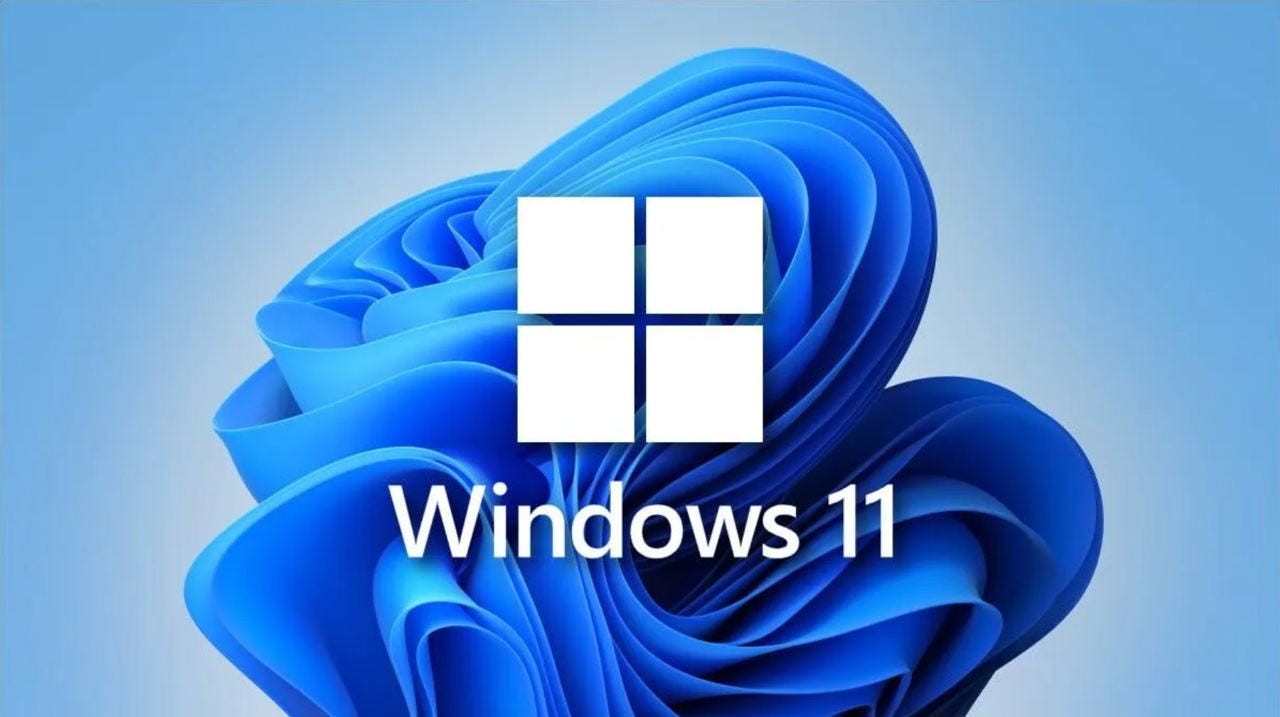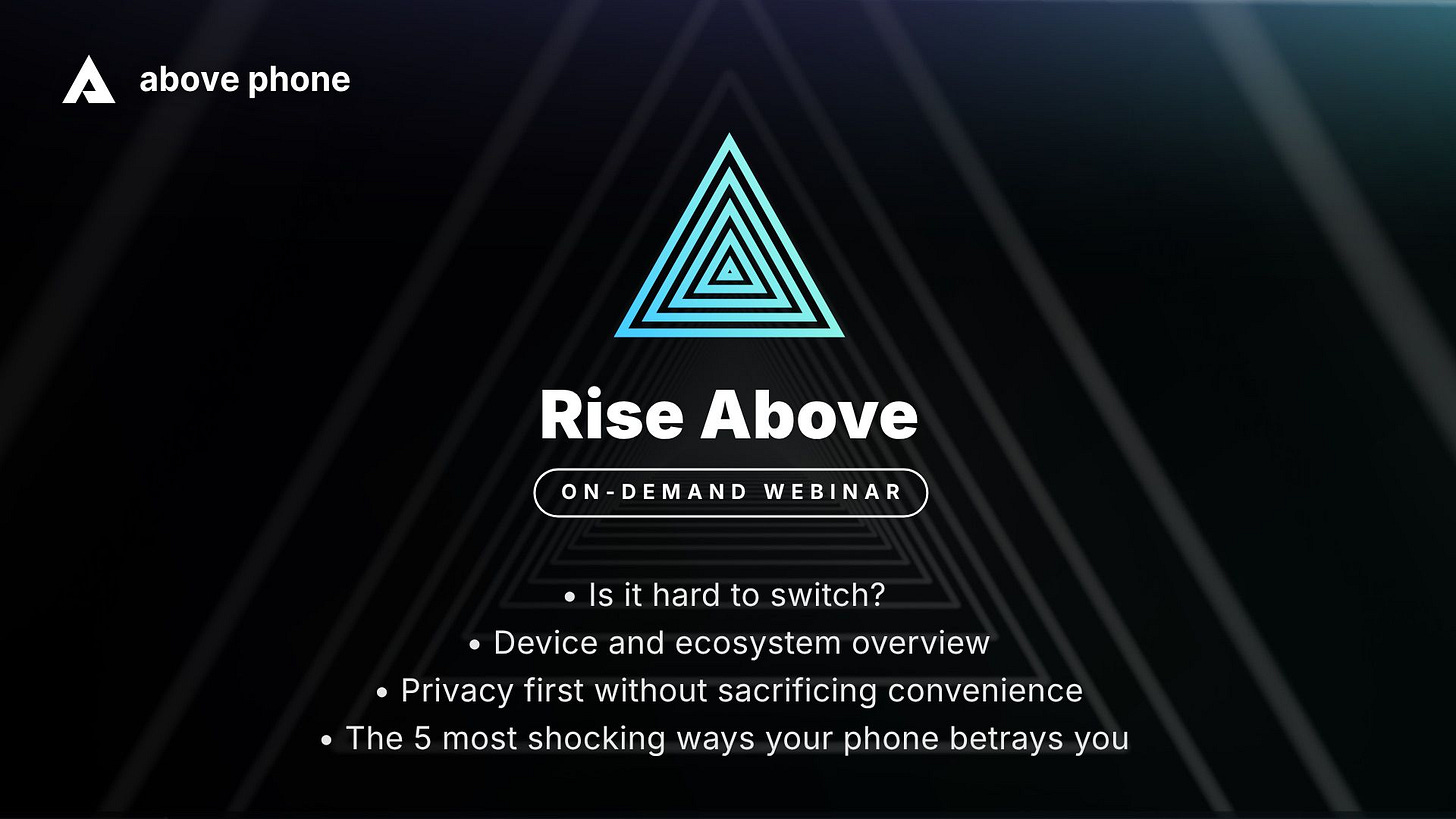Windows 10 has officially reached its end of life as of October 14th, forcing millions of users into Microsoft’s new AI-centric Windows 11 ecosystem. Roughly half of all Windows users rushed to upgrade at the last minute, while an estimated 200 million still haven’t made the switch—either due to system incompatibility or increasing frustration with the direction Microsoft is taking.
The transition hasn’t been smooth. Microsoft botched the migration by releasing an update that disabled mouse and keyboard input, requiring a manual emergency fix. For many, it reinforced the sense that Windows 11 is less about improving the computing experience and more about locking users into a tightly controlled environment.
One major shift is forced updates. Microsoft Store apps can no longer have automatic updates fully disabled—users can only delay them. The same is true for system updates, which are now mandatory. This echoes a broader trend: users have less control than ever. It’s no longer your computer; you’re just along for whatever Microsoft rolls out next.
Windows 11 continues to deepen its AI integration. Copilot is becoming central to the OS, now embedded into File Explorer with AI-driven context actions. AI photo editing is being rolled out, and Microsoft 365 users can expect AI-assisted document editing as well.
Even the Start Menu is evolving into an AI-curated feed. News, recommendations, and personalized ads will now be tailored to your activity on the device—extending the same targeted content ecosystem from smartphones into desktop computing. This personalization will persist even when the computer is locked.
Windows 11 also tightens its connection to the cloud. As traditional passwords disappear, users are pushed toward passkeys and two-factor authentication tied to their mobile devices. Passkey users are required to enroll in biometrics, with their identity anchored to these systems.
The controversial Windows Recall feature is returning for a third time, now mandatory at the system level—though the snapshot logging remains opt-in. A timeline-style dashboard will show recent activity, opened applications, and visited websites.
Finally, Microsoft is enabling voice access for launching apps and navigating the interface. But this convenience comes with a cost: Windows is now collecting voiceprints from its users.
Taken together, the end of Windows 10 marks not just a version upgrade, but a turning point. Windows 11 builds a computing experience that’s locked down, monitored, and guided by AI—whether users want it or not.
This is a segment from #TBOT Show Episode 17. Watch the full episode here:
#TBOT 17: The Bright Side of a Govt. Shutdown, Digital ID in the UK/Europe, New U.S Biometric Rule, Windows 11 Woes, GrapheneOS New Phones
#TBOT 17: now with more crowdsourced stories! 🤩 Thanks to the #TBOT crew on Telegram!
Big tech phones are ‘pre-hacked’ right out of the box. They promise safety, but they sell you out.
Watch our latest webinar to learn how big tech is a threat to your privacy, how a privacy phone running GrapheneOS keeps you secure, and what life is really like with Above Phone.
If you’ve had enough of big tech and are ready for alternatives, this webinar is for you!














